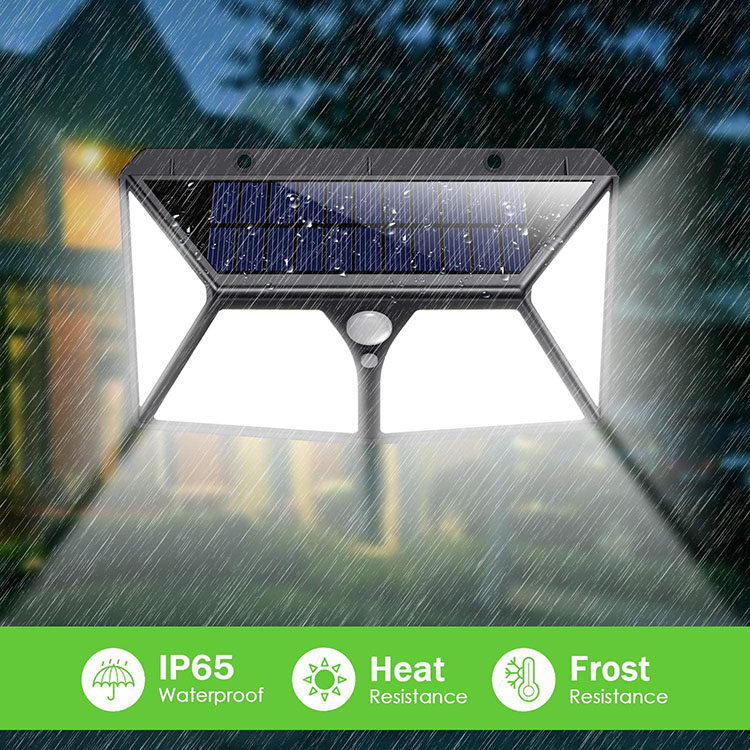time:2021-05-07 source:ZJ Lighting Views:281
1. Automatic control of lighting
The biggest feature of the system is scene control. There can be multiple lighting circuits in the same room. After adjusting the brightness of each circuit to achieve a certain lighting atmosphere, it is called a scene; different scenes can be set in advance (to create a different lighting environment) and switch The fade-in and fade-out time of the scene makes the light change softly. Clock control, using the clock controller to make the light show the daily sunrise and sunset or the regular change of time. Use various sensors and remote controls to achieve automatic control of lights.
2. beautify environment
Indoor lighting uses scene changes to increase the artistic effect of the environment, create a sense of three-dimensionality and layering, create a comfortable environment, benefit people's physical and mental health, and improve work efficiency.
3. Extend lamp life
The main factors affecting the life of the lamp are mainly over-voltage use and cold shock, which greatly reduce the life of the lamp. LT series intelligent dimmers have output voltage limiting protection function: that is, when the grid voltage exceeds the rated voltage of 220V, the dimmer will automatically adjust the output to within 220V. When the bulb is cold-connected, it will produce an impulse current 5-10 times the rated current, which greatly affects the life of the lamp. The intelligent dimming control system adopts slow-on and fade-in and fade-out dimming control, which can avoid cold impact on the lamp and extend the life of the lamp. The system can extend the life of the bulb by 2 to 4 times, save a lot of bulbs, and reduce the workload of replacing the bulbs.

4. Energy saving
The brightness sensor is used to automatically adjust the intensity of the light to achieve energy-saving effects. Using a mobile sensor, the light gradually rises when a person enters the sensing area of the sensor, and when the person walks out of the sensing area, the light is gradually reduced or extinguished, so that the permanent lights in some corridors and corridors can be controlled to achieve the purpose of energy saving. For example, in order to save electricity, a restaurant replaced all corridor lights with 5W energy-saving lamps to reduce energy consumption, but the problem was that energy-saving lights had poor illumination comfort and reduced illuminance, which lowered the hotel's grade. It is recommended to use mobile sensor control.
5. Illumination and illuminance consistency
Using an illuminance sensor, the indoor light can be kept constant
For example, in a school classroom, the light intensity of the window and the wall are required to be the same. Sensors can be installed at the window and the wall respectively. When the outdoor light is strong, the system will automatically reduce or turn off the light by the window. The wall sensor adjusts the brightness of the light against the wall; when the outdoor light becomes weak, the sensor adjusts the brightness of the light to the preset illuminance value according to the sensing signal. The luminous efficiency of the new lamps will gradually decrease with the use time, and the reflectivity of the wall of the new office building will attenuate with the use time, so that the new and the old will produce inconsistencies in the illuminance. The illuminance can be adjusted to achieve relative Stable and can save energy.
6. Integrated control
The entire system can be monitored through a computer network, such as understanding the current working status of each lighting circuit; setting and modifying scenes; controlling the entire system and issuing fault reports when there is an emergency. It can be connected to the building's BA system or fire protection system, security system and other control systems through the gateway interface and serial interface. The LT-net intelligent lighting control system is usually composed of dimming modules, switching power modules, scene control panels, sensors and programmers, It is composed of programming sockets, PC monitors and other components. Connecting the above-mentioned modules with independent control functions to a computer data line can form an independent lighting control system to realize various intelligent management of the lighting system. Automatic control. See the system block diagram for the system, and click the corresponding module for the detailed information of each component.